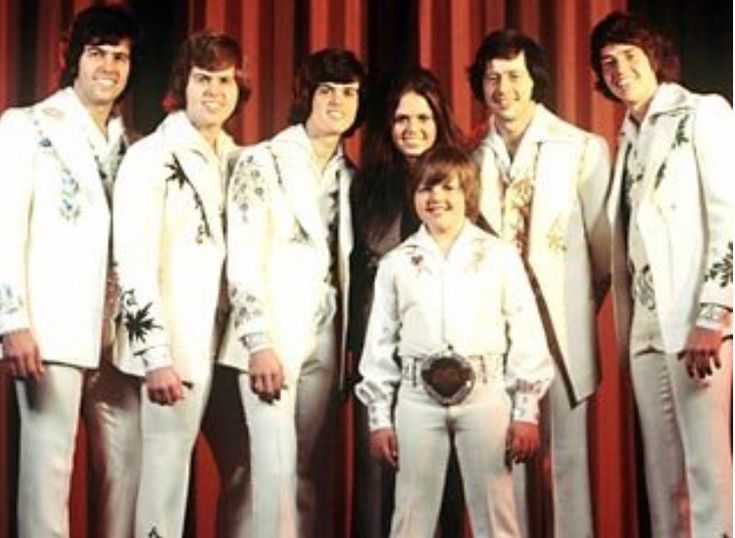
A Searing Cry Beneath the Glitter: A Band’s Reckoning with the Machinery of Modernity
In 1972, The Osmonds, known then primarily for their wholesome image and harmonious family appeal, shattered expectations with a thunderous departure from their trademark bubblegum pop. “Crazy Horses”, the lead single from their album of the same name—Crazy Horses—tore onto the UK Singles Chart with rebellious energy, reaching No. 2 and marking a defining moment in their musical evolution. In the United States, it climbed to No. 14 on the Billboard Hot 100—no small feat for a track that eschewed formula in favor of ferocity. This wasn’t just a sonic deviation; it was an artistic reckoning, cloaked in distortion and urgency.
Behind its galloping rhythm and snarling wah-wah guitars, “Crazy Horses” carries a message that is as prophetic as it is misunderstood. At first blush, its title might suggest a psychedelic romp or a wild-west metaphor—but its meaning runs far deeper. Written by Alan, Merrill, and Wayne Osmond, the song is a raw environmental protest—an impassioned outcry against pollution and the unchecked industrialization consuming the planet. The “crazy horses” are not stallions or mythical beasts but automobiles, belching smoke into the atmosphere, symbols of humanity’s reckless pursuit of progress at nature’s expense.
This was no mere flirtation with activism—it was a deliberate shift in tone and substance. Musically, “Crazy Horses” roars with muscular guitar riffs atypical of The Osmonds’ earlier work. Its opening blast—a guttural sound made by Merrill Osmond that mimics the roaring of engines—is both confrontational and captivating. Gone are the saccharine harmonies; in their place stands an electrified wall of sound steeped in hard rock and proto-metal textures. It’s perhaps one of the earliest examples of an environmentally conscious anthem wrapped in heavy rock garb—a surprising feat from a group often dismissed as pop conformists.
The lyrics are unambiguous: “There’s a message floating in the air / Crazy horses riding everywhere.” It’s a vision of ecological doom, made all the more jarring by its source. For many listeners at the time—and indeed, even now—the contrast between artist and content lent the song an eerie resonance. This was not rebellion for rebellion’s sake; it was sincerity masked in distortion.
Culturally, “Crazy Horses” has enjoyed an unlikely afterlife. Covered by bands as disparate as The Mission and Electric Six, and banned in some countries under misinterpretations that equated “horses” with heroin (particularly in South Africa), its mystique has only deepened over time. It stands as an emblem of how art can rupture expectation—and how even those who once sang lullabies can raise their voices against ruin.
In “Crazy Horses,” The Osmonds didn’t just bend their sound—they bucked it entirely. And in doing so, they left behind one of rock’s most compelling acts of self-reinvention: bold, loud, and furiously ahead of its time.